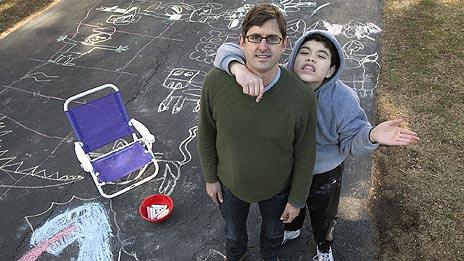Admiring Autism: Busting 'autism myths' with a camera
- Published
.jpg)
Sara Dunn said her son is a "sensory seeker" who needs to touch everything around him
Since her young son was diagnosed as autistic, Sara Dunn has been attempting to help "challenge the myths surrounding autism" with a camera.
The photographer has been documenting her experiences with her son and other families affected by autism through photography.
Ms Dunn, 27, from Chester, stays with families for 48 hours to take images and wants to stage a public exhibition of her work, Admiring Autism.
"Some people have said to me they don't believe in autism, my son's just a naughty child. I've been told autistic children don't know how to love. They do," she said.
"Usually these children are having very complex sensory experiences and they're in distress, with some adults perceiving it as misbehaving. It's pretty scary."
-9.jpg)
The photographer said she hoped the images would explain that "when these children have a meltdown in public they are genuinely having a very complicated sensory experience"
Ms Dunn and her fiancé have a two-year-old son called Frank. After initially wondering if he was deaf, a doctor then mentioned autism.
"We thought we would have a fight on our hands by all the horror stories you hear about diagnosis taking years, but it was easy with Frank due to the severity of his needs", she said.
By the time he was 23 months old he was diagnosed as autistic.
The paediatrician told Ms Dunn it was the "first time she had diagnosed a child under two with the condition".
"It was really hard, I'm quite optimistic about it now but at the time I kind of grieved - it was a fork in the road", she explained.
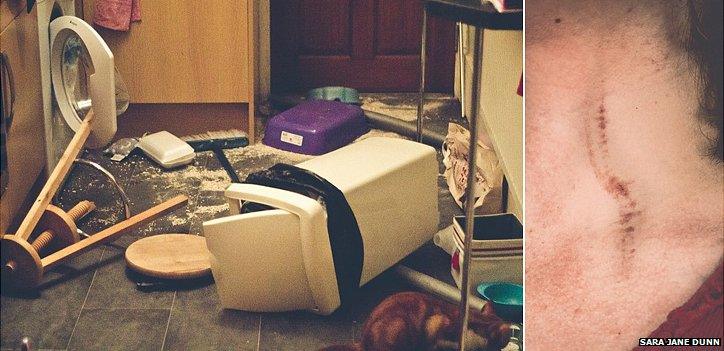
Sara Dunn said the photographs helped her manage Frank's "meltdowns and when he hits me"
Following the diagnosis, she decided to start taking photos of Frank to help her cope.
"I did it initially to remind myself that there are good days and there are small achievements. Before I knew it I also wanted to photograph the bad days to show the professionals involved", she said.
"Through the photography, I've realised the small triumphs that he has. More regular eye contact, more hugs, starting to understand simple commands like 'bath' or 'juice', it's a good reminder of how enjoyable these children are."
She added the images helped her manage "Frank's meltdowns and when he hits me".
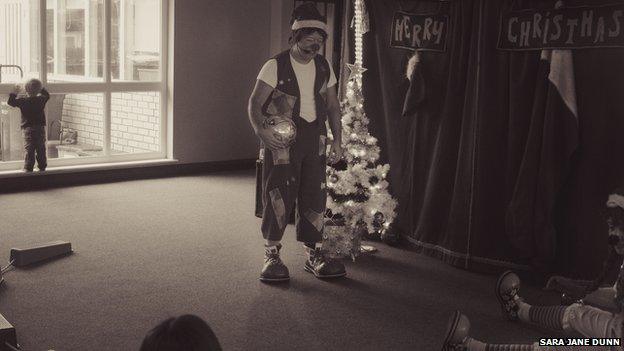
Frank can "and will often run, with his eyes closed, for up to an hour to meet his sensory needs", Sara Dunn said
After posting her images on social media, other families around the UK started to get in touch to say they were also going through a similar experience.
She then decided to find out about "other people's ups and downs of autism" by staying with other families.
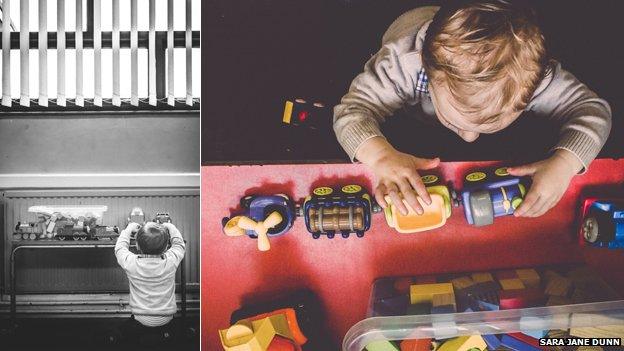
It's thought that just over 1 in 100 of the UK's population has autism
"The staying part is important. I'm not prepared to come to their home, take a picture and go, because that's not representing what life is like for these people", Ms Dunn said.
The National Autistic Society said just over one in 100 of the population have autism, but there is no register or exact count kept.
It varies from mild to so severe a person may be almost unable to communicate and require round-the-clock care.
I met Ms Dunn as she stayed with the Callaghan family, from Preston. She had been sleeping on a camp bed in the hall downstairs and had just accompanied the family on a trip to the park.
Lewis Callaghan, four, was diagnosed with autism when he was two. He doesn't speak, but uses the Picture Exchange Communication System - a set of cards containing images to help non-verbal people communicate.
His mother Amanda, 42, said: "We have had comments like, 'he will grow out of it', but it's a life-long condition.
-2.jpg)
Amanda Callaghan said her son Lewis was "hyposensitive", meaning he requires a great deal of contact with people and things around him to help him understand his surroundings
"Others think they shy away from social interaction with people, but as you can see Lewis wants to interact with strangers. I think it's very misunderstood.
"It's a very wide spectrum, you could have one child who is so sensitive to noise that they have to wear ear defenders all the time, or so sensitive to touch they can't wear normal clothes. It can go from one extreme to another and everything in between."
Like Frank, Lewis is a "sensory seeker" who explores the world around him by touching everything. During the interview with his mum, Lewis pulled the BBC tag cord I was wearing many times.
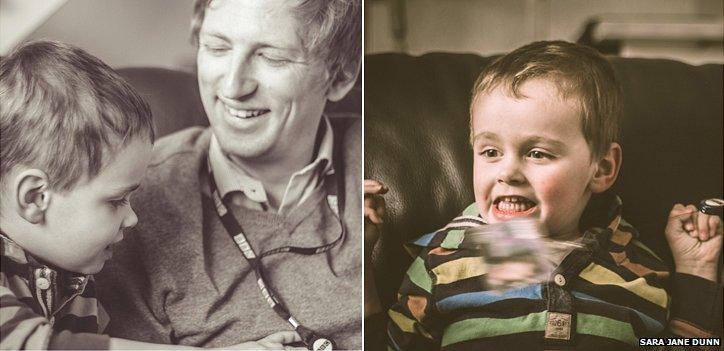
During an interview with his mother, four-year-old Lewis, also a "sensory seeker", pulled my BBC tag cord many times
More than 15 families from north-west England and further afield are now involved in the project.
Looking back at Admiring Austism, Ms Dunn said her images "show a couple of things people may think autistic people don't do, like kisses, hugs and smiles".
She hopes her collection will go on display during National Autism Awareness Month next year and eventually wants to expand it to cover the lives of older children and adults with autism.
The National Autistic Society has called it an "inspirational project".
Ms Dunn said she had "fears for the future", but the photos were helping to create a small community to share her worries and experiences.
"We should admire these children, because they do achieve, but we should also admire the parents and carers as they do go through many struggles but they get through it and carry on, every single day," she said.
- Published22 April 2014
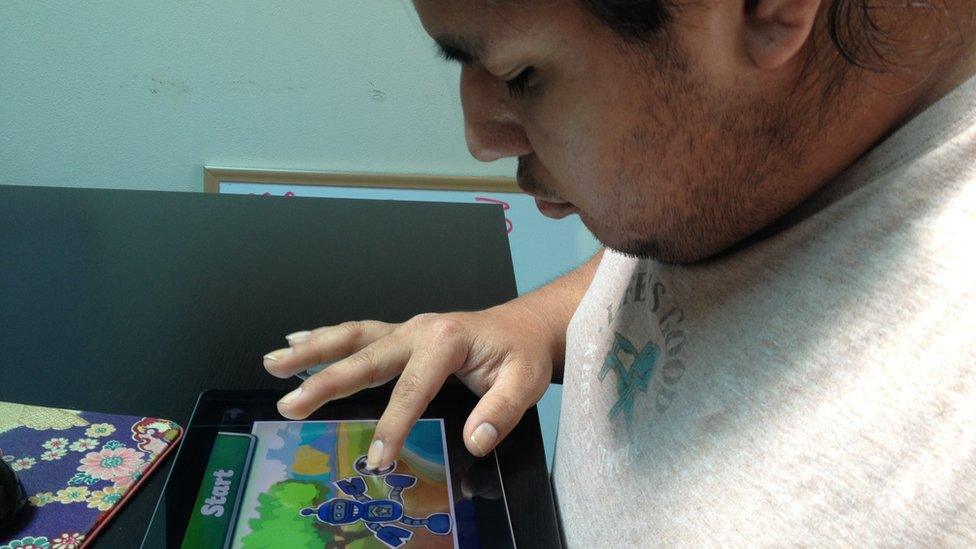
- Published28 February 2014
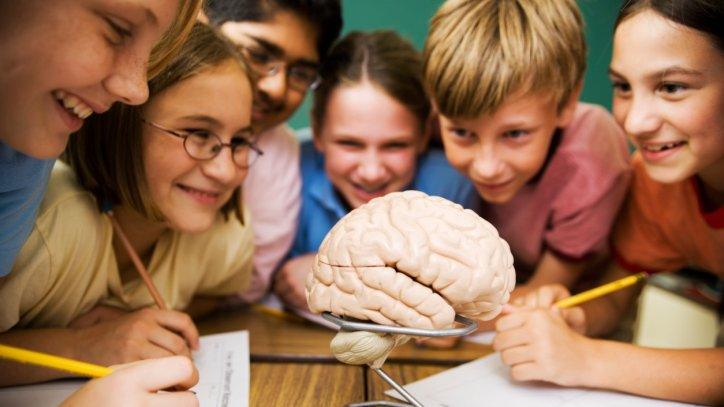
- Published9 December 2013
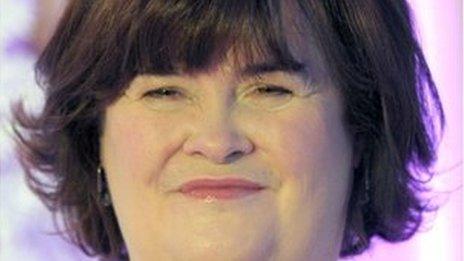
- Published3 December 2013
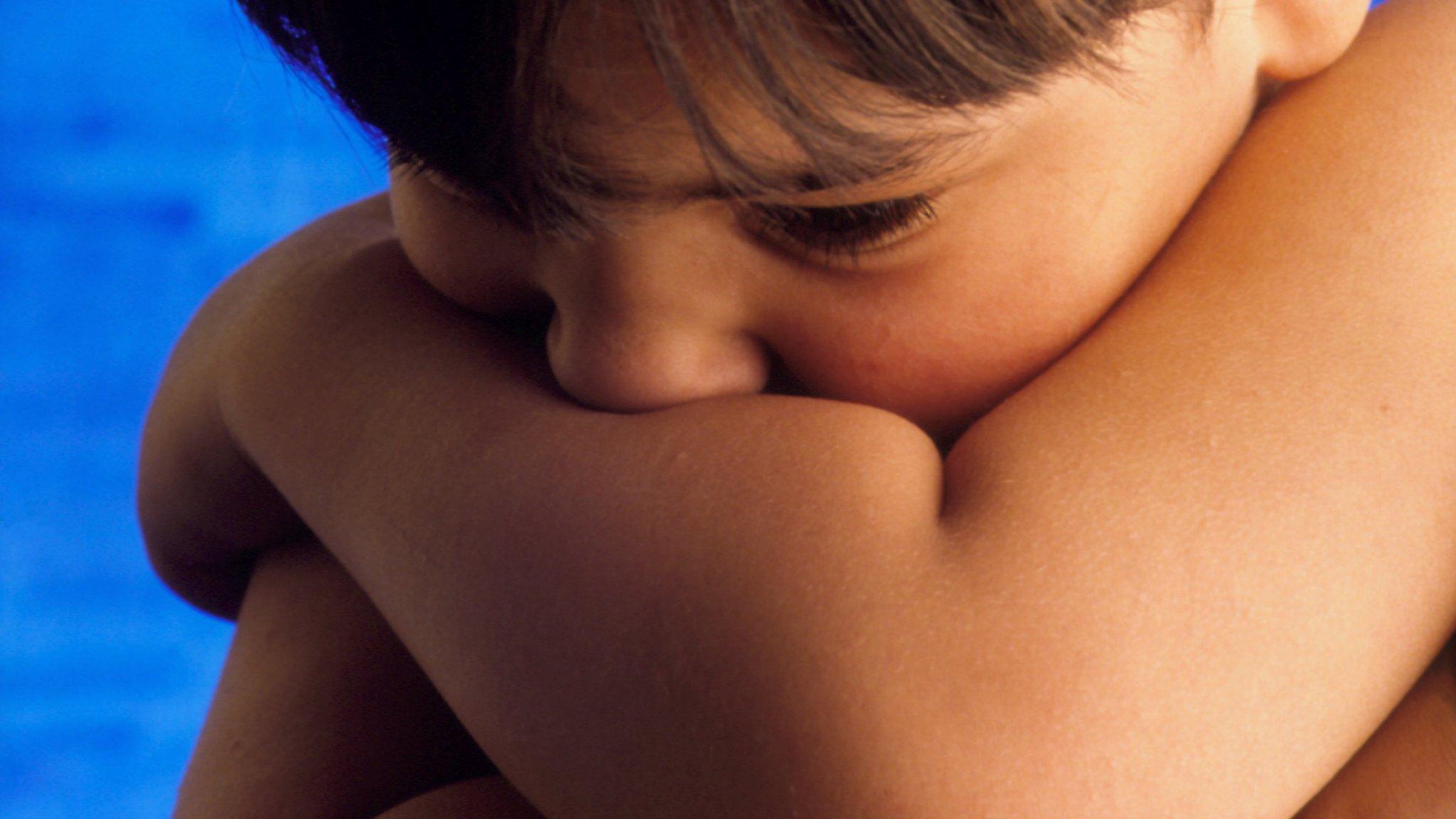
- Published17 October 2013
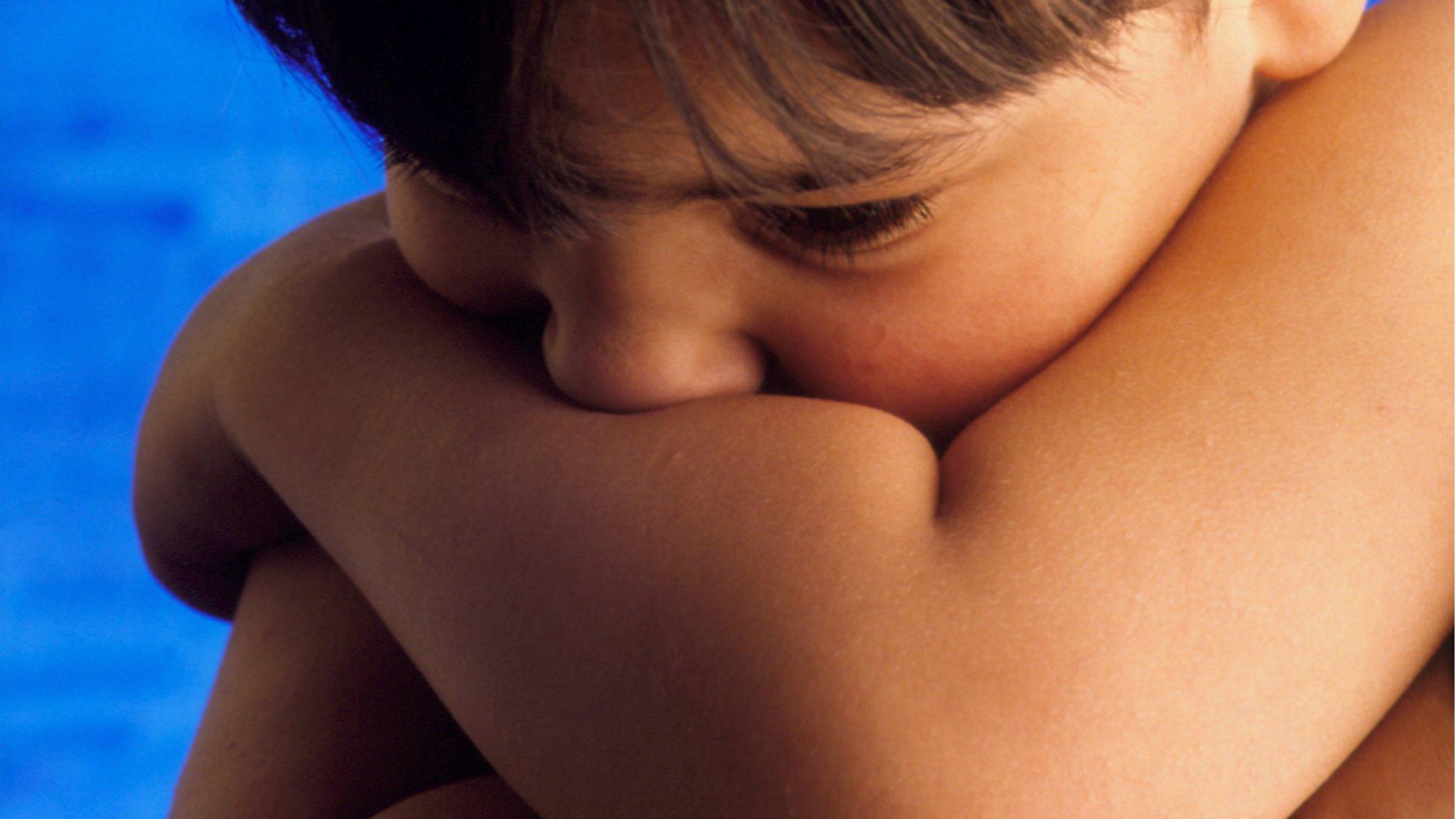
- Published19 April 2012
